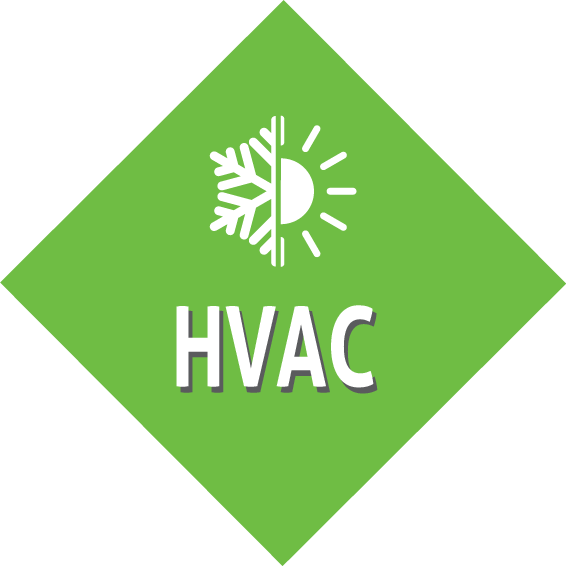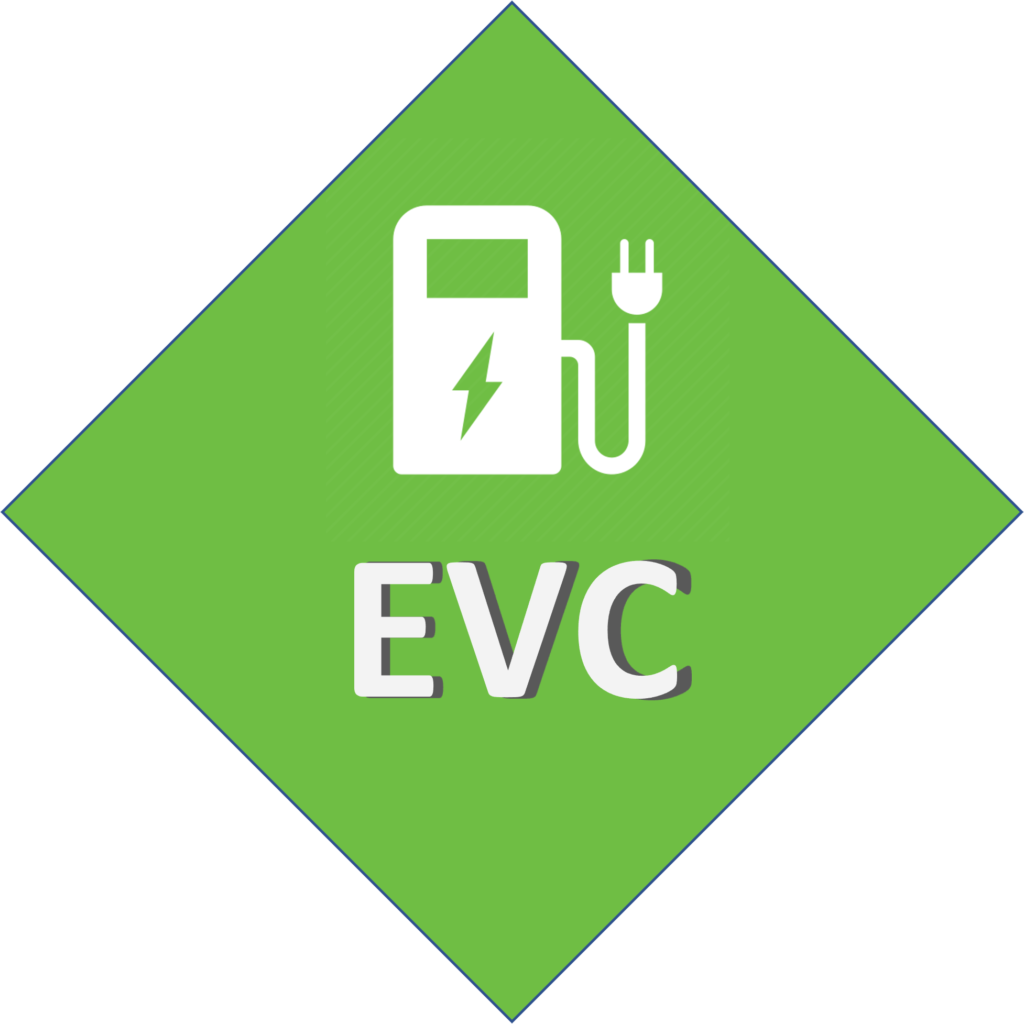HVAC & Variable Frequency Drives
We are commercial heating ventilation and air-conditioning (HVAC) experts. We help your building lower utility costs with our HVAC and HVAC zoning services.
Whether you want to make your current unit more efficient have a new one installed, Utah.energy has to ability to lower your utility costs with our HVAC solutions.
Our certified energy auditors will provide a comprehensive look at the efficiency of both your building and your HVAC system.
Our engineers will then design a strategy to either increase efficiency or install a new unit. Our high efficiency HVAC systems are engineered to lower heating & cooling costs and demand charges. Is an HVAC upgrade right for your company?
Most HVAC systems are designed to operate at the peak load, which only happens for very short periods of time throughout the year. One of the most effective ways to improve building energy efficiency is to utilize the variable frequency drives (VFDs) so your system can operate at lower frequency for the majority of the year and then shift up when needed,

Considerations
1. Replacing old equipment with more efficient equipment helps, but when replacing old HVAC systems, it is important to keep in mind the building layout and equipment placement to ensure maximum efficiency.
2. When buying a new HVAC system check the efficiency ratings (SEER for air conditioners and heat pumps). The minimum SEER on the market is 13.
3. Tax incentives and rebates are available for high efficiency systems.
4. Programmable thermostats paired with a new HVAC system can maximize energy efficiency.
5. Time to install is about 2 weeks, and over the course of the year, the back-end controls will be dialed in, as the system learns the heating and cooling patterns of the building.
6. Expected ROI – 2-4 years depending on the size and scale of HVAC usage.
Maximizing HVAC Results
Utilizing an HVAC Controller
Heating, Ventilation, and Air Condition, HVAC, equipment combined with a building controls or automation system improve building comfort and energy use. By installing a centralized controls system, it allows the buildings heating and cooling components to operate as one, insuring the building isn’t fighting itself by heating and cooling in different locations at the same time. With some systems, a building owner can monitor the system from local or remote locations.
The Benefits of HVAC Zoning
HVAC zoning is when there is a zoning system for your HVAC system that controls the temperature for specific “zones” or areas in a building. That way you don’t have to cool or heat every room to the same temperature. Combining this with your controls system can entirely automate the building’s heating and cooling process, while maintaining moderate energy use. With a zoning system, a thermostat and damper is installed in each zone. The thermostat and damper are part of your installed control system, which is wired into a central control panel.
Aligning your Energy Assests
Getting all of your energy assets in sync with each other is vital for monitoring results and maximizing efficiency. Our energy management services provide you with a centralized solution to oversee how all of your assets are performing (HVAC, lighting, motors, solar energy, refrigeration, etc.)
Call US today for a free energy analysis.
- 52 Years Experience
- Industry Expertise
- Customer Focus




